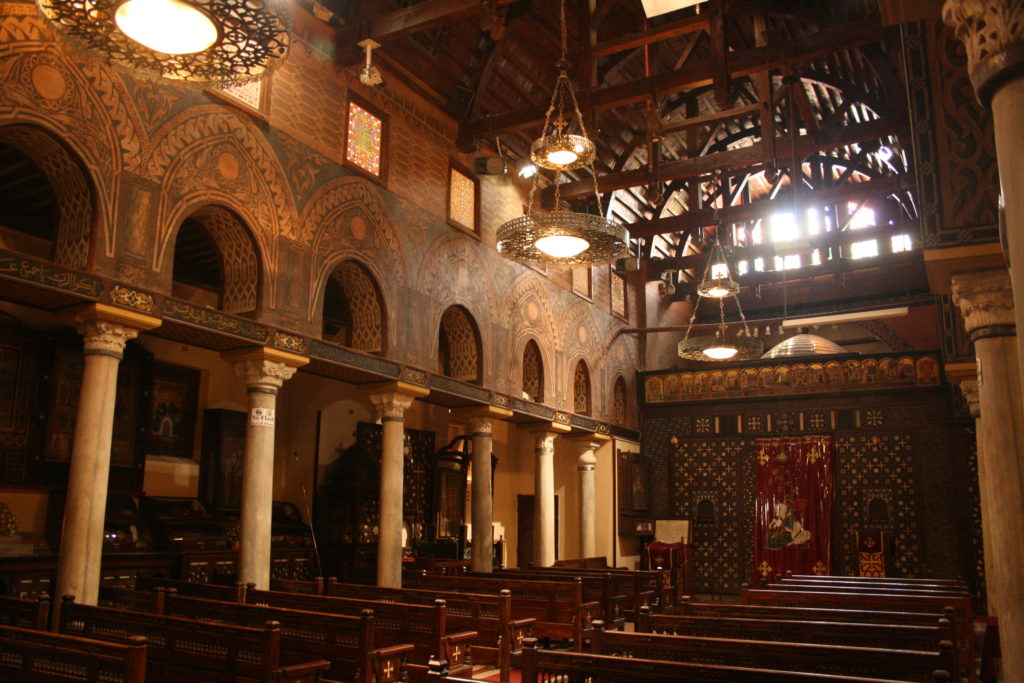With Coptic Christmas being upon us, the spirit of the holidays is still tangling in the air. It is a time of spiritual unity for more than 10 million Egyptian Christians who celebrate the birth of Jesus Christ on the 7th of January of each year.
This day that has become a National Egyptian Holiday, gives an opportunity for sightseeing and self-reflection for all the people of Egypt despite their religious views and beliefs. Here are some of the historical sites you should visit on this joyous holly day.
The Hanging Church of Old Cairo
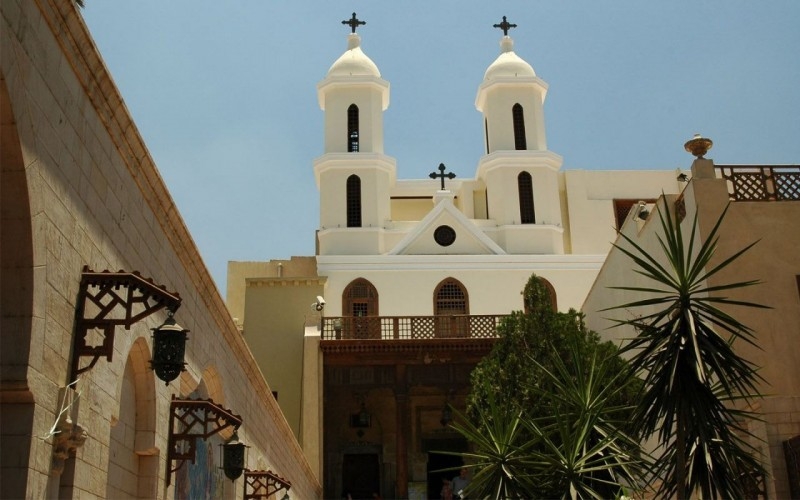
One of the oldest churches in Egypt; and the entire world, the Hanging Church was built at the end of the 3rd century A.D. on the ruins of two old watchtowers of an ancient Roman Fortress known as the Fortress of Babylon. The Church was dedicated to The Virgin Mary and St. Dimiana.
The Church of St. Sergius and Bacchus
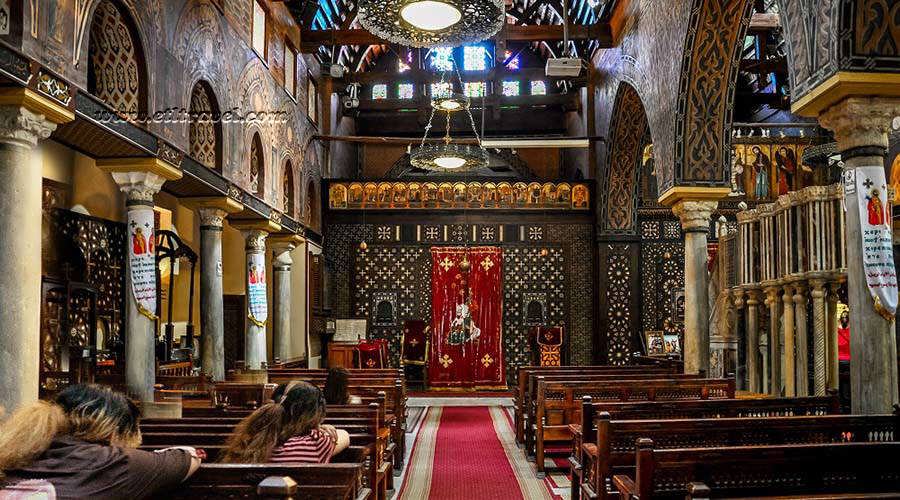
Situated in the center of the Ancient Roman Fort of Babylon, the Church of St. Sergius, or Abu Serga as it was commonly known, was built in the 5th century A.D. It was founded on a site that holds great reverence to Christians from all over the world as the Holy Family visited it when escaping persecution from King Herod of Judea.
On the 1st of January of each year, the Church of Abu Serga commemorate the Holy Family’s visit by holding prayer in the church’s cave.
The Church of St. Barbara
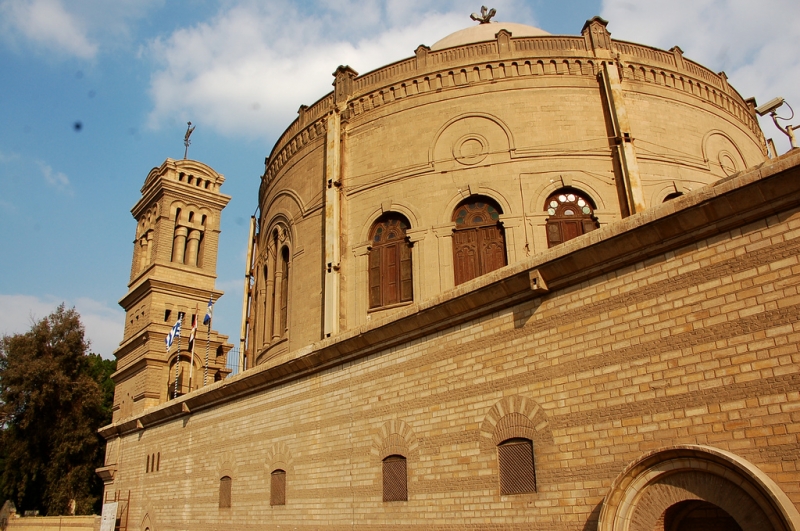
Dating back to the 5th century A.D., the Church of St. Barbara is one of the most beautiful worshipping sites in Coptic Egypt. Its namesake, St. Barbara, converted to Christianity and refused to marry any of the aristocratic young men of ancient Alexandria; she has chosen to devote herself to the worship of God.
The Coptic Museum of Egypt.
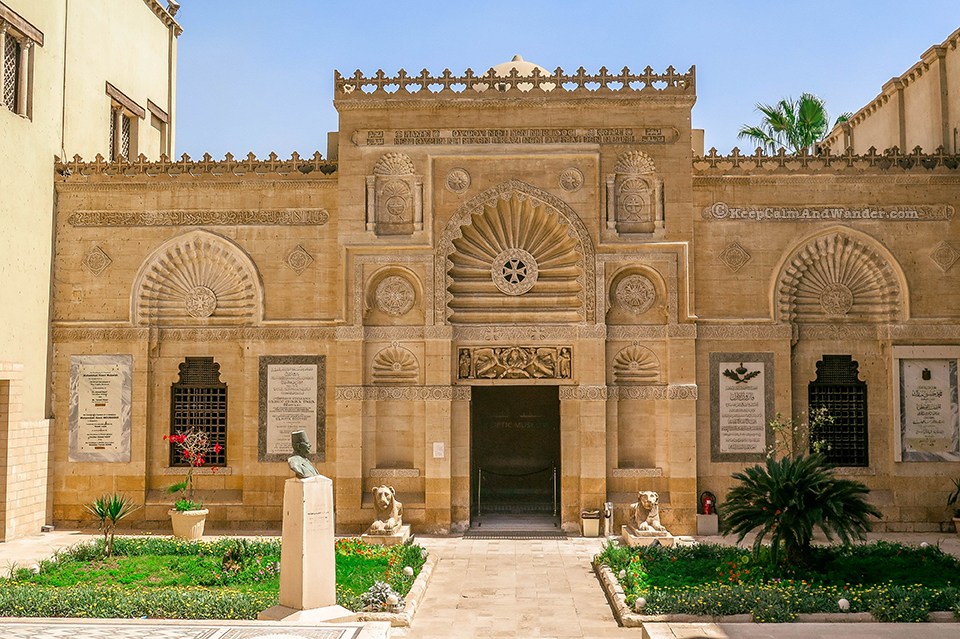
Inside the ruins of the Roman Fort of Babylon, the Coptic Museum of Egypt stands as a testament to the rich history and culture that the Copts had added to Egypt.
More than 1,600 items are on display in the museum; the artifacts were collected from different regions of Egypt and date back to different time periods of Coptic History.
The Monastery of Deir Abu Makar

One of the holy places located in Wadi Al-Natroun, northwest of Cairo, the Monastery is named after St. Makarios, who became the spiritual leader of the monks in the area. The monastery is awash with art in the form of paintings and frescos dating back to the 5th century A.D.
Deir Anba Beshoi
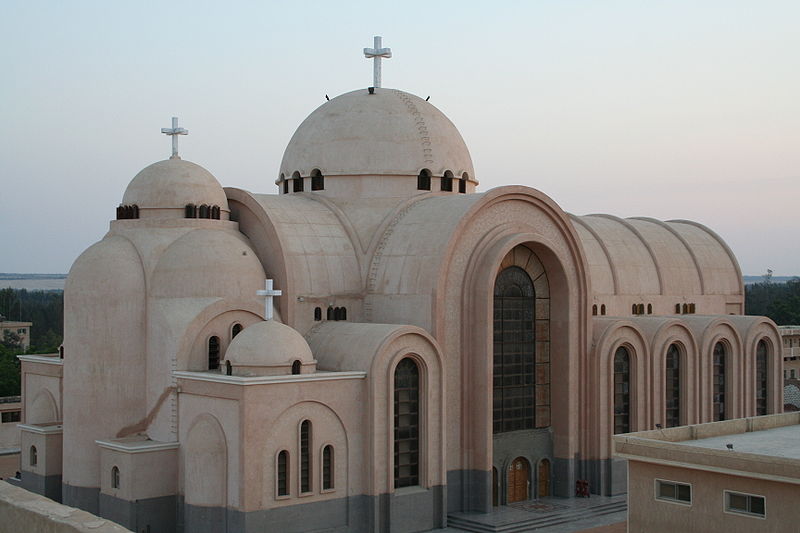
Saint Beshoi in the 9th century A.D. made the decision to travel to Wadi Al-Natroun to live a life of solitude devoted to God; he lived a life of worship and commitment to the Church. The place has become a holy site to Egyptians and other followers of Eastern Orthodox Christianity.
The Syrian Monastery
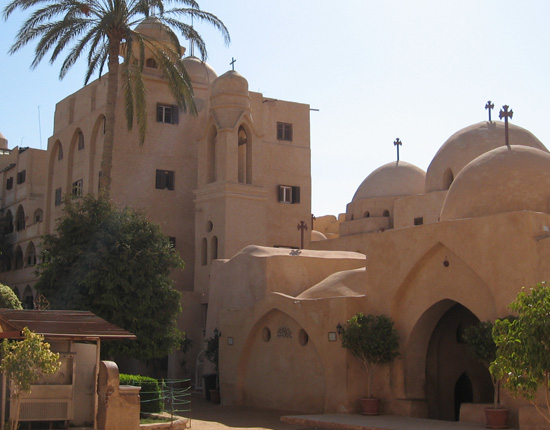
Northwest of Deir Anba Beshoi, the Syrian Monastery dates back to the 6th century A.D. Its library is one of the oldest in the world, with scriptures dating back to the earliest Coptic inhabitants of Egypt. The Monastery has an olive press and a large farm attached to its premise.
Deir El Baramous
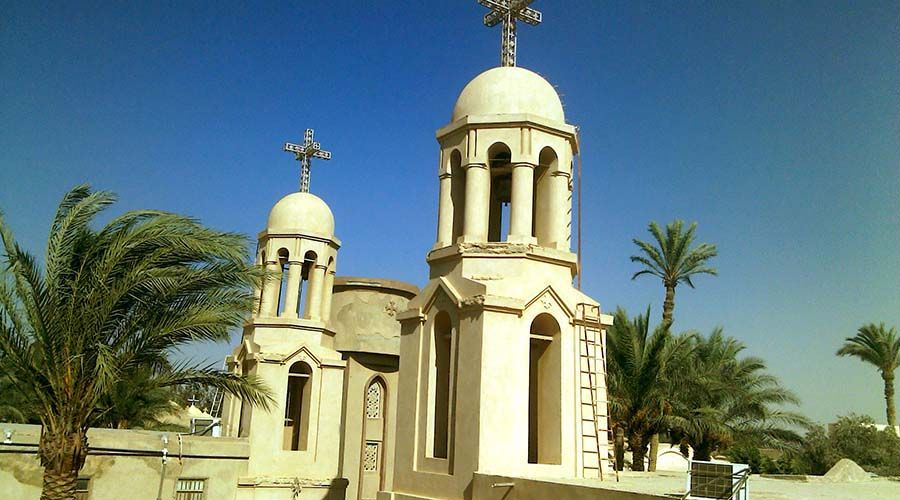
This Monastery is the furthest of Wadi Al Natroun holy sites, and its name means “The Monastery of the Romans”. It was named after two Roman priests who escaped the prosecution in Italy and traveled to Egypt, where they built the monastery.


